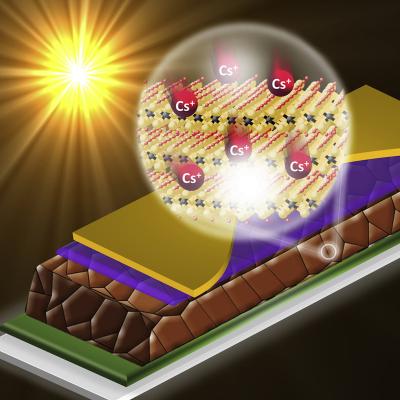Researchers from The University of Queensland, EPFL, Griffith University and NIMS have studied how doping can help in overcoming some of perovskite solar cells' drawbacks. The researchers found that the efficiency and thermal stability of the doped cells significantly outperformed those that were not doped.
“The PSCs that had doped cells showed a remarkable solar conversion efficiency that exceeded 21 per cent,†the team reported.
The team's theoretical and experimental analysis revealed that cesium plays an important role in improving perovskite crystallization and thus leads to enlarged crystal grains, long-lived carrier lifetimes, and reduced charge recombination compared with the devices fabricated without and with undoped Ti3C2Tx MXene.
PSCs integrated with cesium-doped Ti3C2Tx MXene deliver high photovoltaic efficiency of up to 21.57% with excellent thermal stability. The incorporation of Cs-Ti3C2Tx paves the way to further improvements of the photovoltaic performance and thermal stability of PSCs by indirectly introducing dopants.
